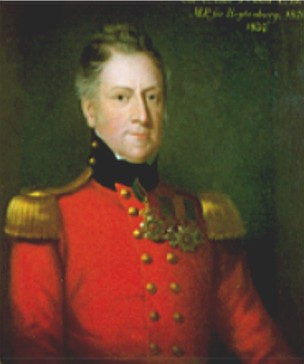 |
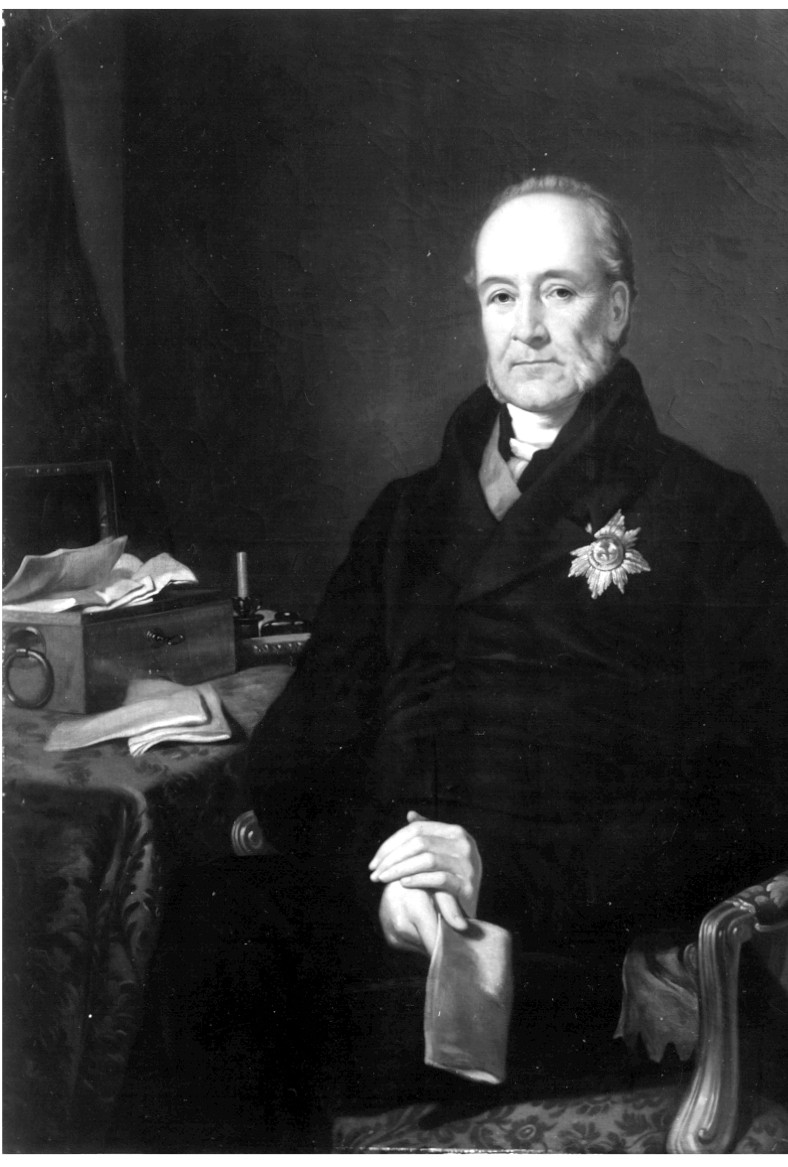 |
| Lieutenant General Charles Ashe à Court |
William à Court 1st Baron Heytesbury Courtesy of the National Gallery of Ireland |
Below are a set of letters written mainly by Charles
Ashe à Court to his
elder brother William, First Lord Heytesbury while the latter was
ambassador in Madrid and later Lisbon between 1823 and 1828.
Some of the letters accompanied regular estate accounts
while others reported family and estate business. Charles
was running the estate during this period while William was
abroad. There are a few illegible words throughout the
letters which I have left blank. Some of the letters have links to the
original images.
Characters mentioned throughout the letters include:
Edward, Charles and
William's younger brother; Phelps, who was the family solicitor,
Prangley, who was the local village builder; and Chandler one of
the farm tenants.
| Letter 1 15 January 1823 image p1 p2 p3 p4 | Letter 10 01 February 1825 | Letter 18 17 April 1826 |
| Letter 2 16 December 1823 image p1 p2 p3 | Letter 11 11 July 1825 | Letter 19 18 April 1826 attached a/c p1 a/c p2 |
| Letter 3 Phelps to
Boucher 16 July 1823 and Phelps to Everett 16 July 1823 |
Letter 12 21 August 1825 - In which discussions of purchasing adjoining property take place | Letter 20 1 July 1826 - A discussion of rebuilding the farmhouse in Tytherington |
| Letter 4 17 April 1824 - In which Heytesbury House almost catches fire. | Letter 13 05 October 1825 - In which Lord Beresford arrives in a state.... | Letter 21 09 November 1826 |
| Letter 5 9 May 1824 - In which Charles and Edward talk with Chandler | Letter 14 30 October 1825 | |
| Letter 6 22 July 1824 - In which a successor to Chandler is found | Letter 15 2 December 1825 - In which proposed alterations to the house are discussed | |
| Letter 7 2
November
1824 |
Letter 16 10 January 1826 | |
| Letter 9 4 November 1824 | Letter 17 14 March 1826 - This letter's last page is missing | |
 |
 |
| Lieutenant General Charles Ashe à Court |
William à Court 1st Baron Heytesbury Courtesy of the National Gallery of Ireland |
Here are a
number of letters between the 2nd Baron (William Henry), and his
grandson (William Frederick, 3rd Baron)'s future mother in law,
Mrs Parkinson. The 2nd Baron is initially against the marriage on
the basis that while he, the 2nd Baron, is still alive the 3rd
Baron will have insufficient income to support a wife and
children, and may borrow money to support himself which he will
have difficulty paying back after the 2nd Baron's death. The 2nd
Baron makes it clear that the income from the Heytesbury and Isle
of Wight Estates is much reduced, and together with the large
family that he already has to support he has no money to provide
the 3rd Baron with a marriage settlement. The 2nd Baron does
eventually agree to the marriage, on the condition that the 3rd
Baron does not borrow against the future income of the estates,
and that he will provide a small settlement (between £400 and
£800
per year) if Mrs Parkinson also provides a settlement of £150
per year.
When the marriage is eventually agreed to, there follows a number
of letters between the 2nd Baron and his solicitors where he is
trying to ensure that Mrs Parkinson will be legally bound to
continue the payment, even if her circumstances change. He is
worried that if the payment stops the 3rd Baron will be forced to
borrow money against the estate.
It is somewhat ironic that despite the 2nd Baron's insistence on
not mortgaging the estate the terms of his will (presumably,
although not checked yet) mean that a substantial mortgage on the
estate has to be taken out after his death. This is because in
addition to a relatively small amount of death duties substantial
payments ('portions' of the estate) have to be made to the
numerous children and grandchildren of the 2nd Baron. This
amounts to around £48,000, based on an estate value (I think) of
£180,000. A mortgage of £48,000 is therefore taken out on
the
estate in 1891 by the 3rd Baron, which would appear to represent
almost 1/4 of its value. Although the income from the estate
appears to cover the interest payments with a reasonable surplus
(£4000) this appears to be a significant step in the downfall of
the estate, which resulted in the sale of the majority in the
1920's.
As far as I can tell £48,000 in 1891 is roughly equivalent to
£4
million today, a considerable sum to borrow!
Click here to view transcription of letters
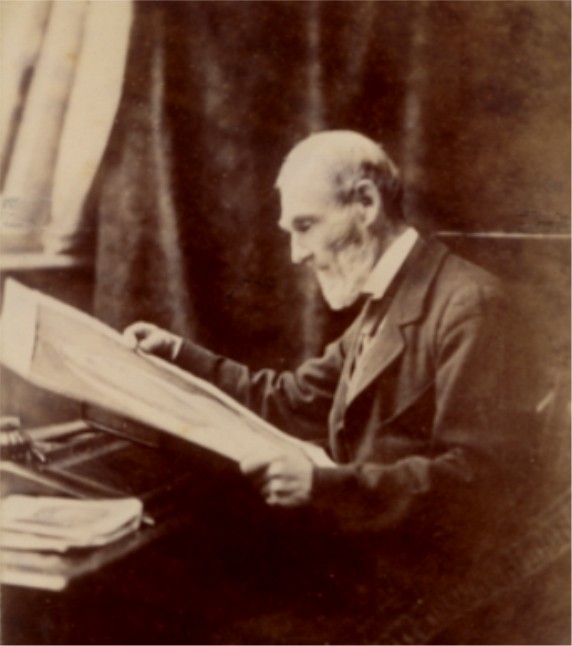 |
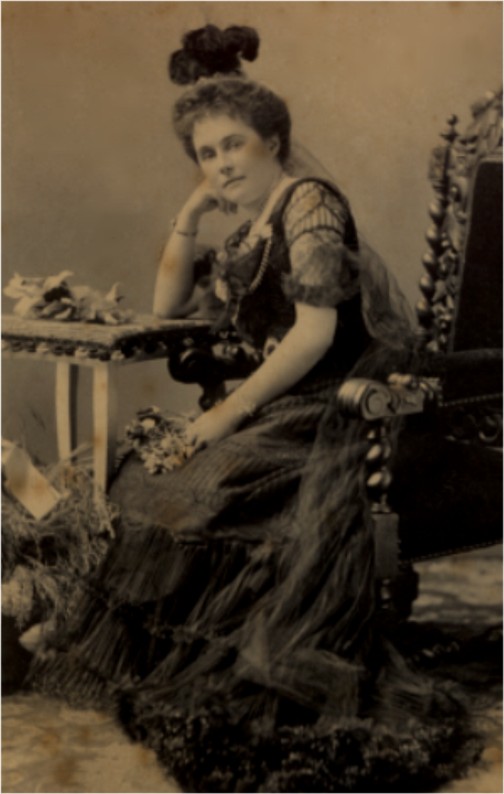 |
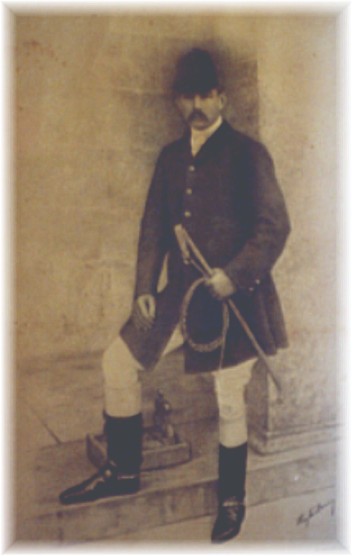 |
| William Henry Ashe à
Court 2nd Baron Heytesbury |
Margaret Anna Harman | William Frederick Holmes à Court 3rd Baron Heytesbury |